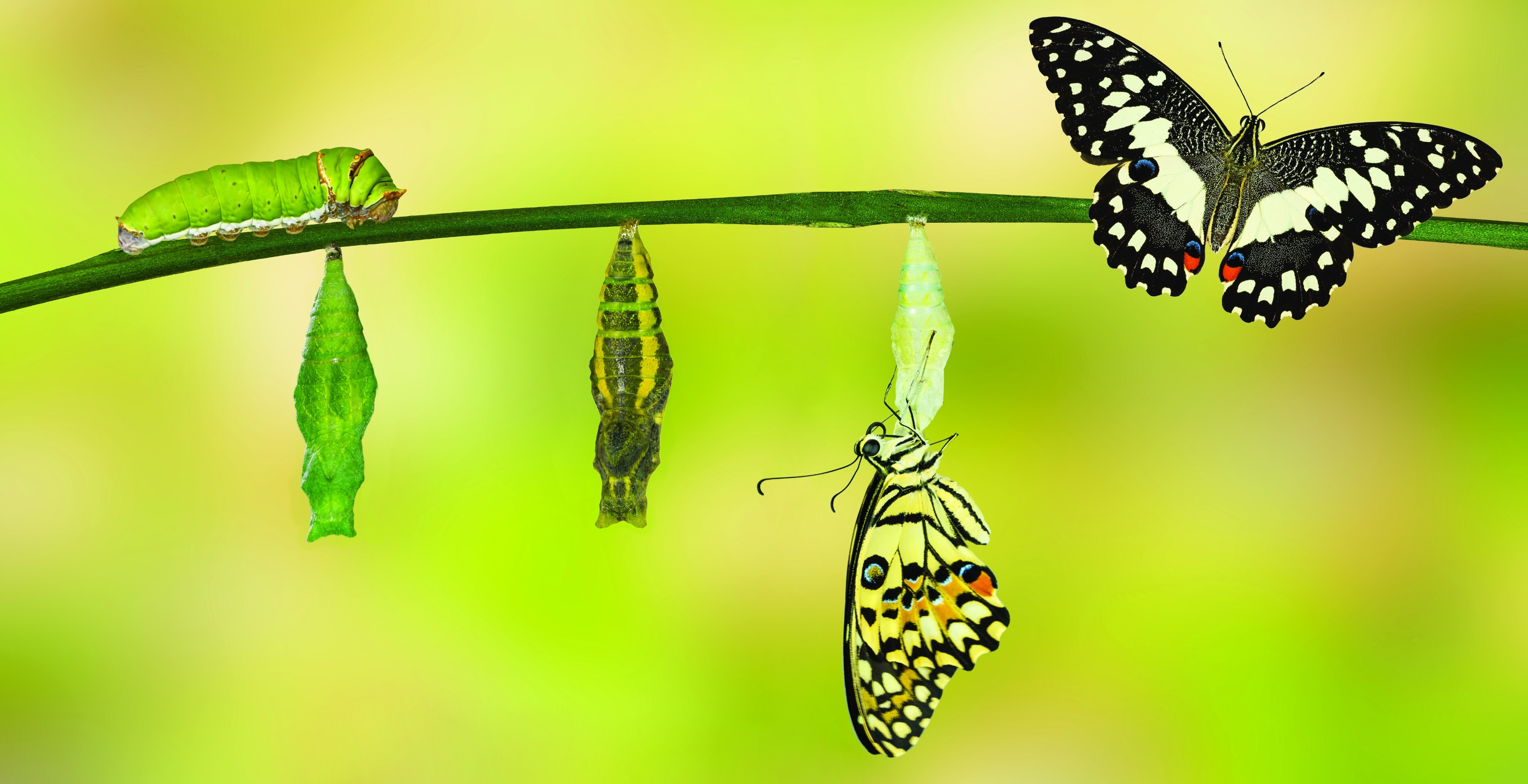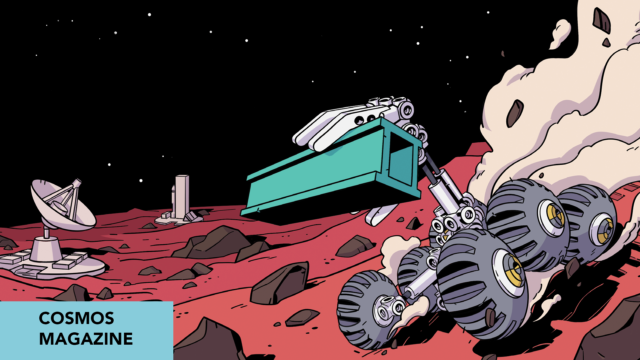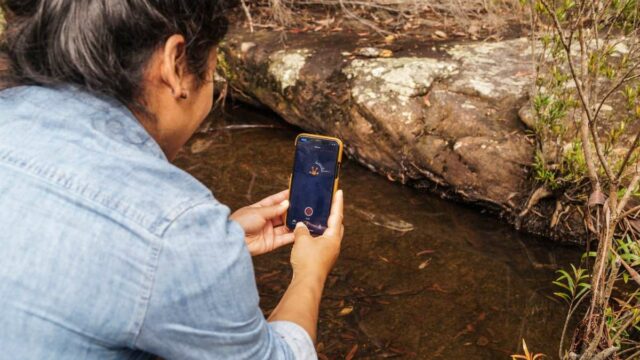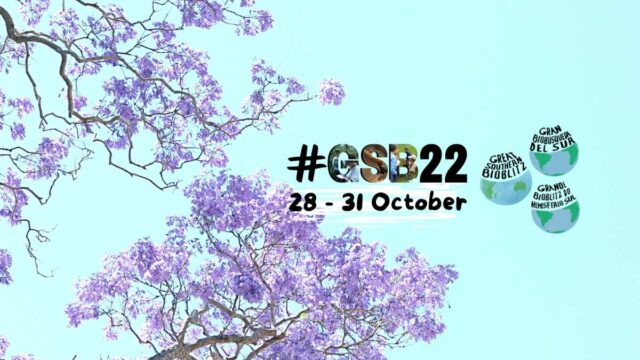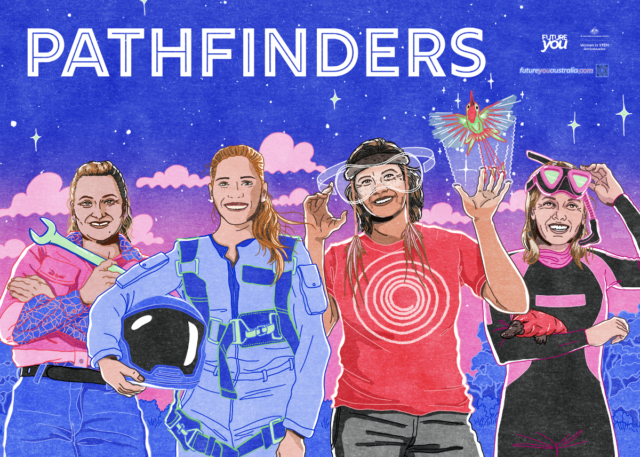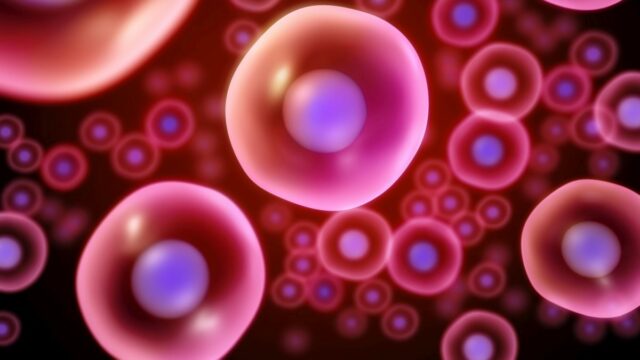Not only majorly suffering from the effects of climate change, the Great Barrier Reef is also polluted with microplastics and fibres.
This thought-provoking article could be used alongside Biological, Chemical, and Earth and Space sciences for years 4, 5, 6, 7, 8, and 9. It is a good real-life example of dependent ecosystems (and human impact) as well as mixtures and separations.
Word Count: 530
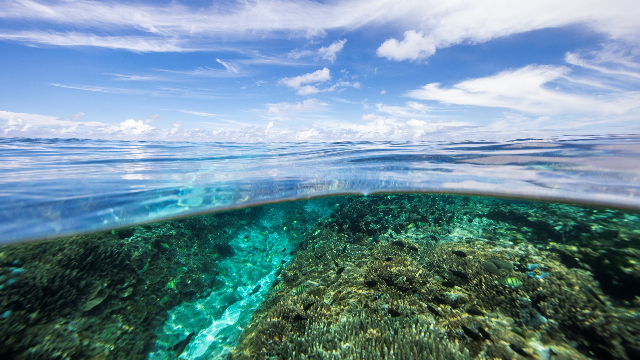
Australia’s Great Barrier Reef is heavily contaminated with microplastics and fibres from clothing and furnishings, researchers have found.
However, the source of the pollution remains a mystery.
The global proliferation of marine microplastics – plastic fragments less than five milimetres long – is well documented, with some scientists estimating that up to 236,000 tonnes litter the world’s oceans. But little is known about its origin and distribution, or how it is consumed by marine organisms.
Microdebris in our oceans
So researchers from the Australian Institute of Marine Science and the University of Copenhagen, Denmark, set out to identify what types of microdebris are finding their way into the ocean, especially around the World Heritage Area reef.
In a paper published in the journal Scientific Reports, Lene Jensen and colleagues write that understanding the mix of marine microdebris – synthetics, semi-synthetics and natural materials such as cellulose – is essential to stopping its spread at source.
The team tested surface water at locations along the coast inside the reef and close to major river outlets, such as Ross River, as well as further out on the central reef.
Reef fish swallowing microplastics and microfibres
The researchers also studied the gastrointestinal tracts of 60 lemon damselfish (Pomacentrus moluccensis) captured on three separate reefs to assess the impact of microdebris on marine life.
All but three of the reef fish had ingested microplastics and microfibres. One even had a knot of 131 microfibres tangled in its gut.
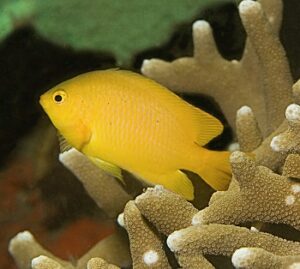
“Contamination is ubiquitous across the Great Barrier Reef World Heritage Area,” the researchers write.
Almost all of the microplastic found in the study appeared to be fragments of once-larger items that had broken up.
Microfibres used mainly in clothing and furniture made up 86% of the microdebris found in the study. By contrast, very little plastic from fishing was found in either the water samples or fish. The researchers found no trace of microbeads from personal care products, which have attracted recent publicity.
Intriguingly, the mix of microdebris found near the coast was different to that found offshore and in the reef fish.
“Our study identified that riverine discharges are a potential source for marine microdebris detected in surface waters at inshore, but not at offshore reef locations,” the researchers write.
Contamination isn’t from Australia
So where is the outer reef’s plastic coming from? Jensen and colleagues suggest it could be dumped deliberately or accidentally from ships, or simply carried vast distances by ocean currents or in the air.
The prevailing winds make it improbable that airborne contamination of the reef originated from Australia.
“The original sources from atmospheric fallout are likely to be extremely difficult to trace and predict,” the researchers note.
The study says that because of the tiny scale and vast spread of contaminants “it is unlikely that marine microdebris contamination is amenable to clean-up efforts”.
“Future projections based on current plastic production and waste management trends suggest that the cumulative amount discarded in landfills or the natural environment will at least double from 2015 to 2050.”
“If these projections prove correct, marine microdebris contamination of the Great Barrier Reef World Heritage Area environment, and global marine environments in general, is going to be a long-term issue.”
Login or Sign up for FREE to download a copy of the full teacher resource
